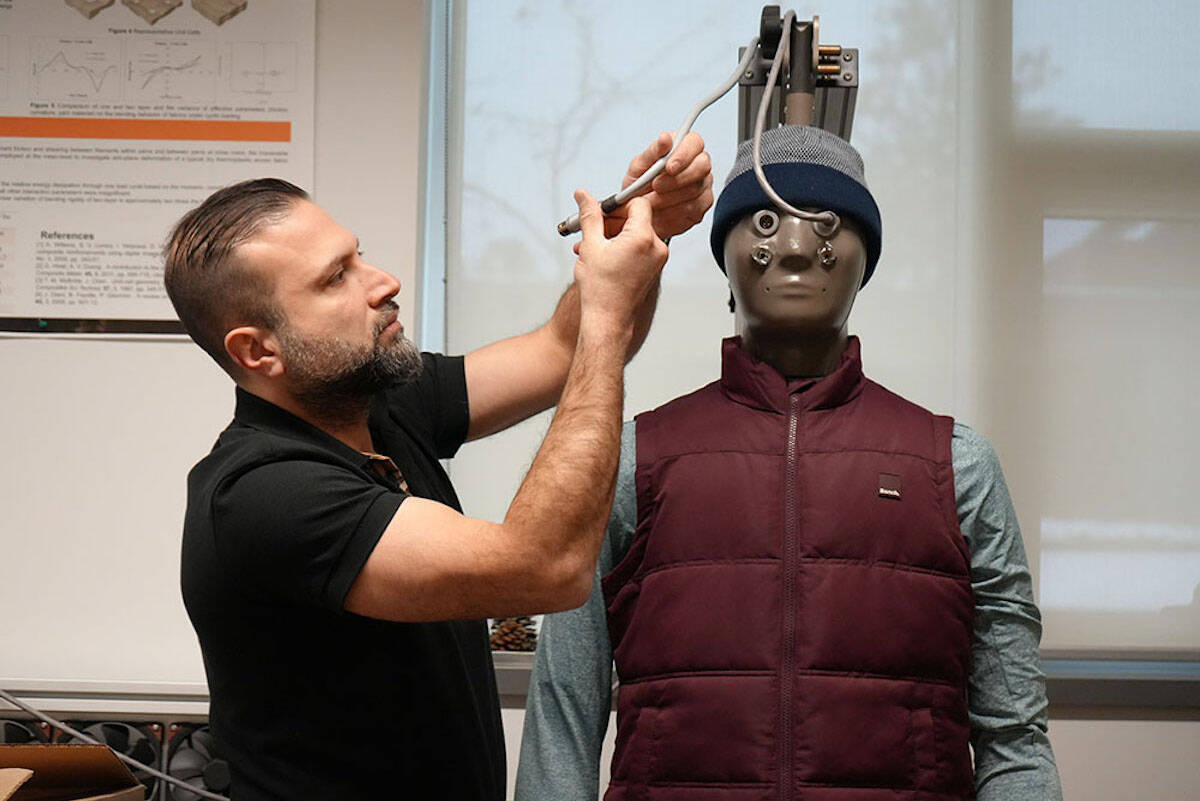Are you tired of sweaty armpits and your athletic gear becoming too clingy when working out? You don’t have to worry much longer.
UBC Okanagan (UBCO) has partnered with Vancouver-based athletic clothing company Lululemon to develop a next-generation fabric to keep people warm, dry and comfortable, no matter the temperature or level of exercise.
“Creating a functional material that can address thermophysiological comfort—maintaining thermal regulation by the exchange of heat and moisture from the skin to the environment—has long been a goal of activewear companies,” said UBCO’s Dr. Farzan Gholamreza. “Over the past few decades, significant advances have been made in the sportswear industry to develop athletic apparel that has numerous characteristics to enhance comfort. Our latest research seeks to identify some key fabric properties that will bolster human comfort levels in active wear.”
People who are physically active generate heat that needs to be released to maintain a thermal balance. Perspiration also prevents the body from overheating by releasing heat through one’s skin. If the body didn’t dissipate heat and moisture, people would experience heat stress and/or heat exhaustion that can affect athletic and physical performance.
Through the research, they are using testing devices like sweating hot plates, cylinders and thermal manikins. Using these devices instead of people saves the study money and time while calculating the thermophysiological comfort of textiles since the work is done in the lab, not on people.
Researchers have developed a numerical model that accurately measures heat and moisture transfer between the body and the individual.
“Mathematical models combined with the simulation of the sweating torso have demonstrated that the model could help predict the comfort properties of fabrics including initial cooling, sustained cooling, cooling delay, moisture uptake and the drying time,” said Dr. Gholamreza. “Overall, the model is a helpful tool that can be widely used to predict how fabric systems protect the comfort of users under moderate to intensive physical activities.”
READ MORE: 3 people arrested following pickup chase on Coquihalla
READ MORE: Senior Vernon couple missing
@cunninghamjordy
jordy.cunningham@kelownacapnews.com
Like us on Facebook and follow us on Twitter.

